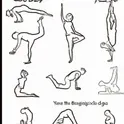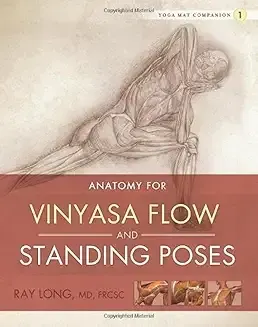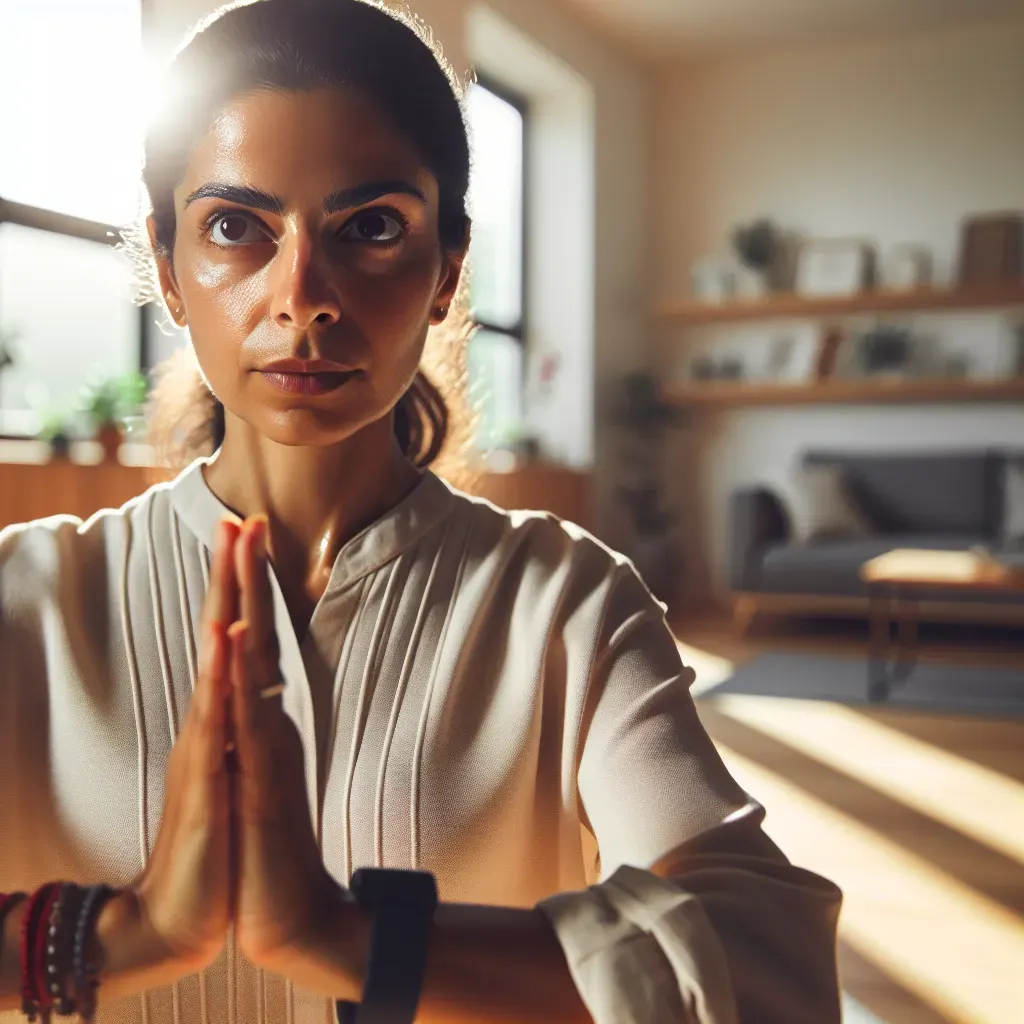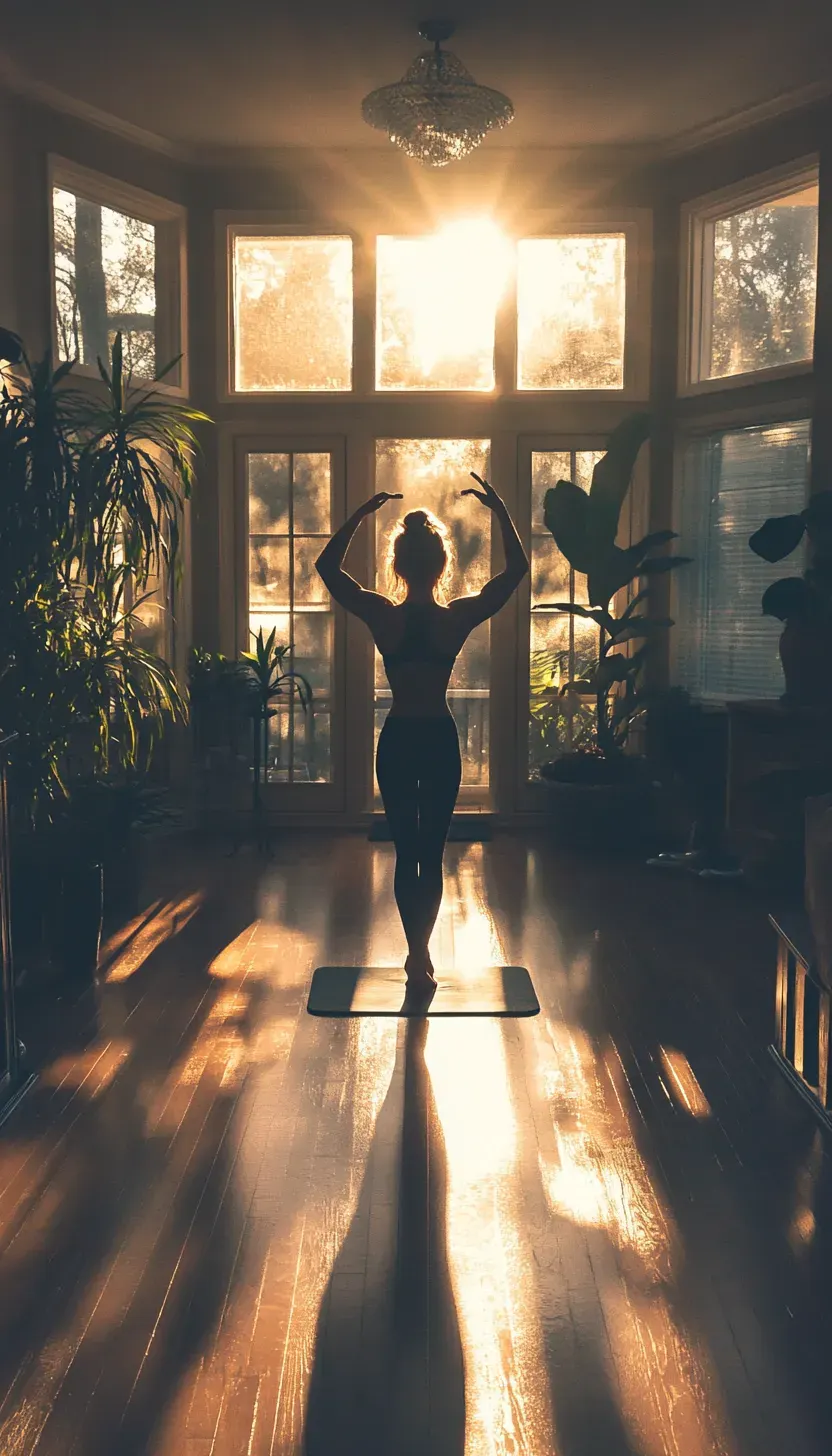Is Vinyasa Flow Hard? A Comprehensive Guide
Table of Contents
- What is Vinyasa Flow Yoga?
- Key Characteristics of Vinyasa Flow
- Is Vinyasa Flow Hard? Analyzing the Difficulty
- Factors Influencing Difficulty
- Beginner-Friendly Tips for Vinyasa Flow
- The Benefits of Vinyasa Flow Yoga
- Conclusion: Is Vinyasa Flow Hard?
When it comes to yoga, many people wonder, Is Vinyasa flow hard? This question is common among beginners and seasoned practitioners alike. In this article, we will break down Vinyasa flow yoga, discuss its difficulty level, and provide insights to help you navigate your practice with confidence.
What is Vinyasa Flow Yoga?
Vinyasa flow yoga is a dynamic and energetic style of yoga that connects breath with movement. The term “Vinyasa” means “to place in a special way.” In Vinyasa flow, each pose is linked to the next through a smooth transition, creating a flowing sequence of movements.
Key Characteristics of Vinyasa Flow
Breath Synchronization: Each movement is coordinated with inhalation and exhalation.
Dynamic Sequences: The practice often includes sun salutations and other sequences that can vary from class to class.
Variety: No two classes are the same, as instructors often create unique sequences.
Focus on Mindfulness: Practitioners learn to connect their mind and body through movement and breath.
Is Vinyasa Flow Hard? Analyzing the Difficulty
The difficulty of Vinyasa flow can vary significantly based on several factors, including your prior yoga experience, physical fitness level, and the style of class you attend. Here’s a breakdown:
Factors Influencing Difficulty
Experience Level: If you are new to yoga, some poses and transitions may feel challenging. However, with consistent practice, you will improve.
Class Intensity: Some Vinyasa classes are designed to be fast-paced and rigorous, while others focus on gentle flow. Always check the class description.
Instructor's Teaching Style: A supportive instructor can make a significant difference in how accessible the practice feels. Look for classes that cater to beginners.
Physical Condition: Your fitness level and any pre-existing conditions can affect your perception of difficulty. Modifications are often available.
Beginner-Friendly Tips for Vinyasa Flow
If you’re worried about the difficulty of Vinyasa flow, keep these tips in mind to ease your way into the practice:
1. Start Slow
Begin with a gentle Vinyasa class or a beginner-level flow. This will help you familiarize yourself with the poses and transitions.
2. Focus on Breath
Pay attention to your breathing. Synchronizing your breath with movement will help you stay relaxed and present.
3. Use Modifications
Don’t hesitate to use props like blocks or straps, and ask your instructor for modifications. This can make challenging poses more accessible.
4. Listen to Your Body
Always listen to your body. If something feels too hard, it’s okay to take a break or skip a pose.
5. Practice Regularly
Consistency is key. The more you practice, the more comfortable you will become with the flow.
The Benefits of Vinyasa Flow Yoga
Despite the potential difficulty, Vinyasa flow offers numerous benefits that can make the effort worthwhile:
Improved Flexibility: Regular practice can enhance your overall flexibility.
Increased Strength: Many poses build strength in various muscle groups.
Enhanced Focus: The connection between breath and movement fosters mental clarity.
Stress Relief: The mindful nature of Vinyasa flow can help reduce stress and promote relaxation.
Conclusion: Is Vinyasa Flow Hard?
In summary, the question “Is Vinyasa flow hard?” is subjective. While it can be challenging for beginners, many find it rewarding as they progress.
The difficulty level can become manageable with practice, patience, and proper guidance. Remember, yoga is a personal journey, and it’s essential to go at your own pace.
If you are curious about trying Vinyasa flow, consider attending a beginner-friendly class and exploring the beauty of this dynamic practice. Embrace the process, and soon you may find that Vinyasa flow is not as hard as it seems.
Compare difficulty levels with Is Vinyasa Flow for Beginners? and Overcoming Common Vinyasa Flow Challenges: Solutions For Beginners To Thrive.
People Also Asked
- What makes Vinyasa flow different from other yoga styles?
- Vinyasa flow emphasizes breath-movement synchronization and dynamic sequences, unlike more static styles like Hatha yoga.
- Can beginners try Vinyasa flow yoga?
- Yes, beginners can start with gentle or beginner-level classes to build confidence and familiarity.
- How intense is a Vinyasa flow class?
- Intensity varies by class and instructor, ranging from gentle to fast-paced sessions.
- Do I need to be flexible to start Vinyasa flow yoga?
- No, flexibility improves with practice; beginners can use modifications to assist.
- Are props like yoga blocks helpful in Vinyasa flow?
- Absolutely, props can make poses more accessible and support alignment.
- How often should I practice Vinyasa flow to see benefits?
- Consistency is key; practicing 2-3 times a week can yield noticeable results.
- What is the main focus of Vinyasa flow yoga?
- The practice connects breath with movement, promoting mindfulness and physical strength.
- How can I make Vinyasa flow less challenging?
- Choose beginner-friendly classes, use modifications, and focus on breathing.
- Can Vinyasa flow help with stress relief?
- Yes, the mindful nature and physical activity of Vinyasa flow are excellent for reducing stress.
- What should I expect in my first Vinyasa flow class?
- Expect a flowing sequence of poses connected by breath, with opportunities for modifications.






